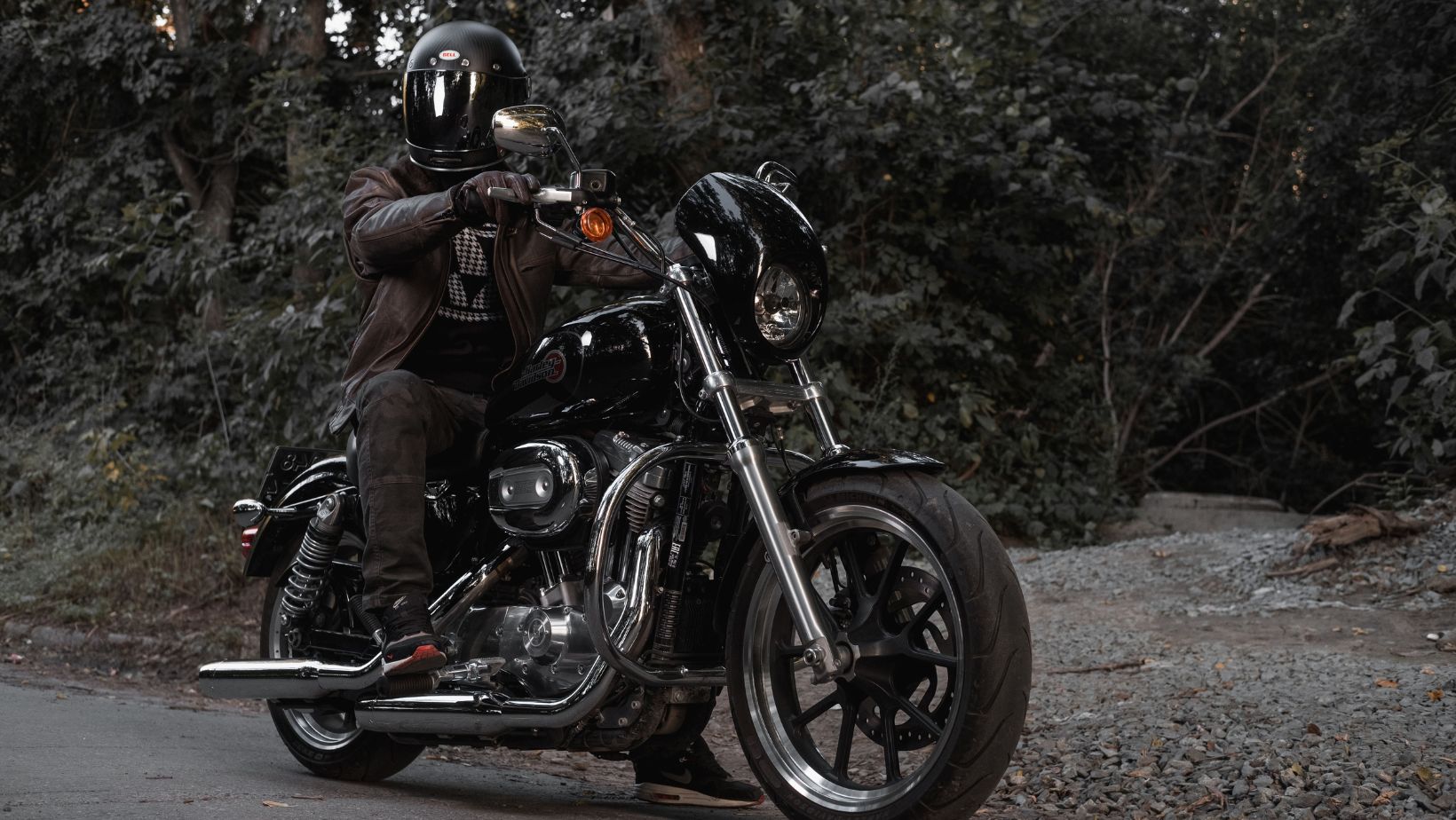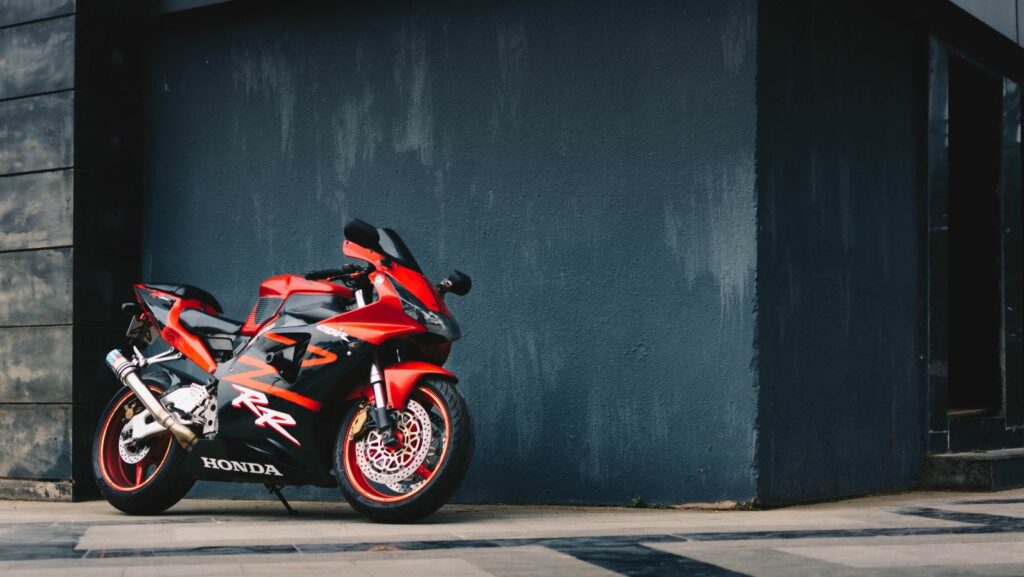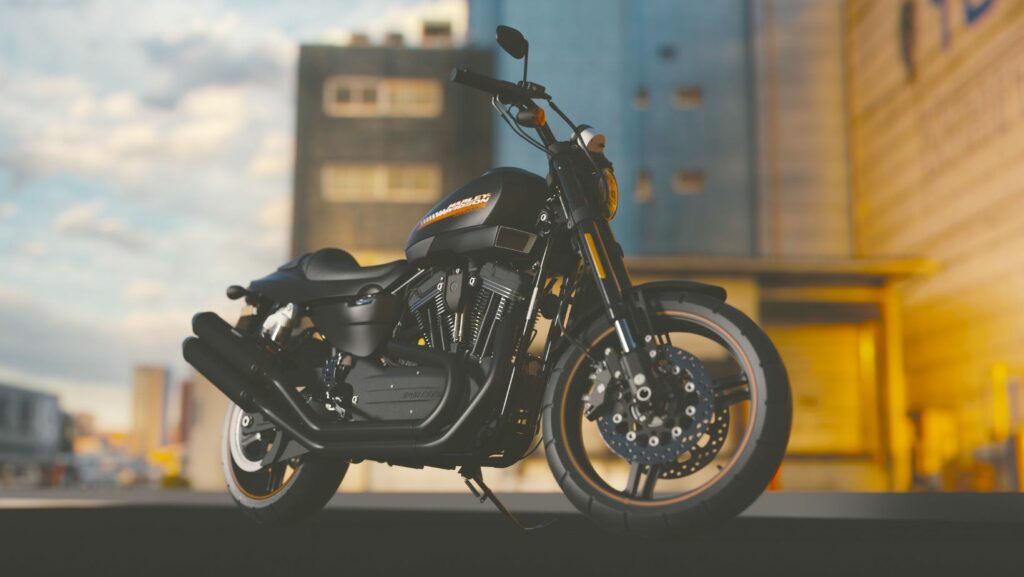
The motorcycle Honda Rebel is a popular choice among riders looking for a stylish and versatile bike. With its sleek design and powerful performance, it offers both beginner-friendly features and advanced capabilities for more experienced riders.
One of the key highlights of the Honda Rebel is its user-friendly nature. It’s designed to provide a comfortable riding experience, making it an excellent option for those new to motorcycling. The low seat height, lightweight body, and easy handling make it easy to maneuver on city streets or winding country roads.
Motorcycle Honda Rebel
The Birth of the Honda Rebel
The Honda Rebel motorcycle was first introduced by Honda in 1985. It was specifically designed to target new riders and those looking for a lightweight, easy-to-handle motorcycle. The Rebel offered a combination of style, affordability, and reliability that quickly made it popular among beginners and commuters.
At its core, the Rebel embodied Honda’s commitment to quality and innovation. With its 234cc engine, it provided sufficient power for city riding while maintaining excellent fuel efficiency. This made it an ideal choice for urban environments where maneuverability and economy were highly valued.
Design and Features of the Honda Rebel
One of the key selling points of the Honda Rebel is its timeless design. Its classic cruiser styling with clean lines, low seat height, and chrome accents gave it a distinct presence on the road. Whether cruising down city streets or taking on winding country roads, the Rebel exuded a sense of coolness that appealed to riders seeking both style and substance.
In terms of features, the Honda Rebel boasted advanced technologies that enhanced both performance and safety. It featured disc brakes for reliable stopping power, telescopic front forks for improved suspension, and a comfortable seating position that allowed riders to maintain control with ease.
Evolution and Upgrades of the Honda Rebel
Over the years, Honda has continued to refine and enhance the Rebel motorcycle based on customer feedback and changing market demands. Each new iteration brought improvements in performance, comfort, and aesthetics while staying true to its original concept.
Recent upgrades have seen advancements such as increased engine displacement for more power on highways, upgraded suspension systems for better handling over uneven terrain, as well as modern touches like LED lighting systems for enhanced visibility.

Key Features of the Honda Rebel Motorcycle
Powerful Performance of the Honda Rebel
When it comes to performance, the Honda Rebel motorcycle truly shines. Whether you’re a seasoned rider or just starting out, this bike offers an impressive combination of power and agility. With its fuel-injected 471cc parallel-twin engine, the Honda Rebel delivers smooth acceleration and responsive handling that will leave you eager to hit the open road.
One standout feature is the Rebel’s low-end torque, which provides excellent off-the-line acceleration and makes maneuvering through city traffic a breeze. It’s also worth mentioning that this bike boasts an impressive top speed for its class, allowing you to confidently cruise on highways without feeling underpowered.
Comfortable Riding Experience on the Honda Rebel
Comfort is key when embarking on long rides, and the Honda Rebel doesn’t disappoint in this department either. Designed with ergonomics in mind, this motorcycle offers a relaxed riding position that ensures both comfort and control throughout your journey.
The plush seat provides ample support for those extended rides, while the mid-mounted footpegs allow for a natural leg position that reduces fatigue. Additionally, the carefully designed handlebars provide an optimal reach distance for riders of varying heights.
Safety Features of the Honda Rebel
Safety should always be a top priority when choosing a motorcycle, and here too, the Honda Rebel excels. Equipped with advanced safety features, this bike offers peace of mind on every ride.
One notable safety feature is its anti-lock braking system (ABS), which helps prevent wheel lock-up during sudden braking situations. This ensures better stability and control over various road conditions.



